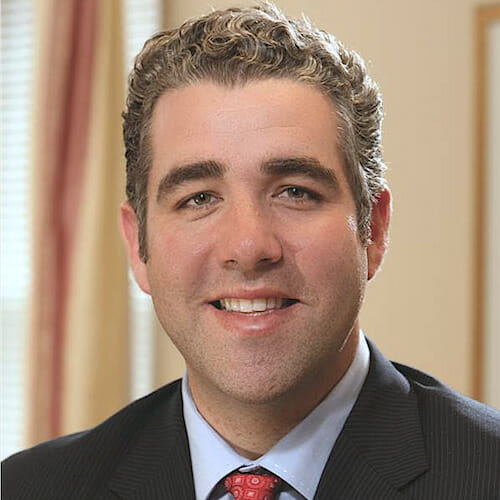

With the number of Medicare beneficiaries expected to increase from 54 million to more than 80 million by 2030, according to the Medicare Payment Advisory Committee, and with the public expressing a preference to receive care in their homes rather than in institutional settings, opportunities for home- and community-based care have never been better.
That’s according to speakers Tuesday during the LeadingAge Annual Meeting Virtual Experience, who also cautioned about formidable challenges ahead.
“Home and community-based sectors will triple in size a decade from now because of the demographics and what the public wants,” said Steven Landers, M.D., MPH, president and CEO of the VNA Health Group. “Also, there are potential economic benefits when it comes to the financing of care, because you can titrate the amount of resources to patients’ needs and leverage their informal care networks.”
To keep pace with increasing demand for home- and community-based care, ways have to be found to expand the workforce, Landers said.
“First, we need to find ways to steadily increase wages and benefits for direct care workers. This will require improvements in Medicaid reimbursement in many instances,” he said.
“We also need to create pathways to nursing careers for direct care workers so that their career earnings are higher, and we must address the nursing shortages by increasing the capacities of nursing programs nationwide.” Currently, the number of nursing applicants exceeds what schools can handle, Landers said.
“Finally, re-evaluating immigration policies may play a role,” he added.
Meanwhile, home- and community-based care will call for continuous improvement when it comes to tailoring care for the individual, said Kent Anderson, president and CEO of Ohio’s Hospice.
“To succeed, we must have the ability to deliver the right care at the right time as we instill confidence in our at-home patients,” he said. “Our patients need to know that we will navigate their disease process and circumstances.”
Another important factor for future success, Anderson said, is including social determinants into plans of care, “whether it’s help with food, suppliers or whatever it takes to allow people to age safely, gracefully and with dignity at home.”


